
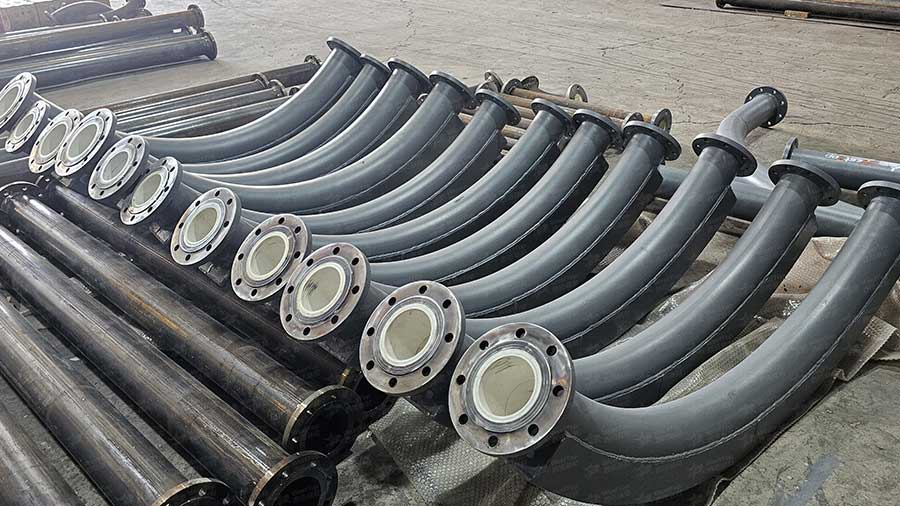
In the industrial sector, the wear and tear of pipes represents a significant concern that incurs substantial global costs. According to a report by Grand View Research, the annual expenditure associated with pipeline wear across diverse industries worldwide amounts to billions of dollars. This cost encompasses expenses related to pipe replacement, maintenance activities, and production downtimes. Consequently, the demand for wear-resistant pipes has been steadily increasing, and wear resistant ceramic pipes have emerged as a highly promising solution.
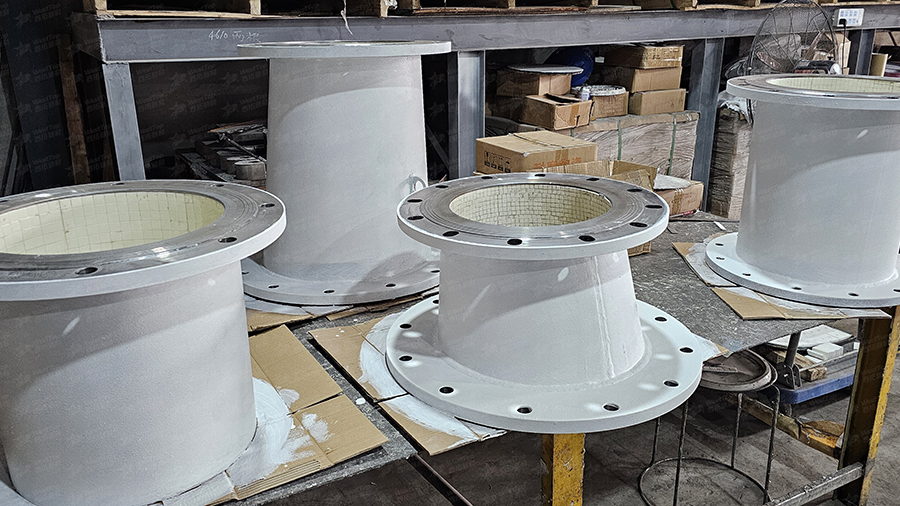
Material Science
Wear-resistant ceramic pipes predominantly consist of alumina (Al₂O₃). The alumina content within these pipes is a critical determinant of their performance. Generally, alumina-based ceramic pipes can be categorized into three primary grades according to their Al₂O₃ content: 92%, 95%, and 99%.
- 92% Alumina Ceramic Pipes: These pipes feature a relatively lower alumina content. Compared to higher-grade pipes, they offer greater cost-effectiveness. However, their wear resistance, hardness, and chemical stability are marginally inferior. They are well-suited for applications where wear conditions are not extremely severe, such as in certain low-pressure and low-velocity fluid transportation systems.
- 95% Alumina Ceramic Pipes: With a higher alumina content, 95% alumina ceramic pipes exhibit enhanced performance. They possess improved hardness and wear resistance and can endure more demanding operating conditions. These pipes are commonly employed in medium-wear applications, such as in specific mining and chemical industries.
- 99% Alumina Ceramic Pipes: As the highest-grade option, 99% alumina ceramic pipes boast the most superior properties. They display excellent wear resistance, high hardness, and outstanding chemical stability. These pipes are ideally suited for extremely harsh environments, such as in high-speed and high-pressure abrasive material transportation within the mining and power generation industries.
Production Process
Hot Isostatic Pressing Technology vs Centrifugal Casting Process
Hot Isostatic Pressing Technolo HIP represents an advanced manufacturing process for wear-resistant ceramic pipes. In this process, ceramic powder is placed within a sealed container and subsequently subjected to simultaneous high-temperature and high-pressure conditions. The high pressure is applied uniformly from all directions, effectively eliminating internal pores within the ceramic material and rendering it highly dense. Pipes produced using HIP technology exhibit excellent mechanical properties, high density, and a uniform microstructure. Nevertheless, this process is relatively costly and time-consuming, thereby limiting its large-scale application.

Centrifugal Casting Process: Centrifugal casting is a more commonly utilized method for manufacturing ceramic-lined pipes. In this process, a mixture of ceramic powder and a binder is poured into a rotating mold. The centrifugal force generated by the rotation distributes the ceramic material evenly along the inner wall of the pipe. As the mold continues to rotate, the ceramic material solidifies, forming a ceramic lining. This process is more cost-efficient and suitable for large-scale production. However, pipes produced through centrifugal casting may exhibit slightly lower density and uniformity compared to those manufactured using HIP technology.
Lining Ceramic Layer Thickness Standard
The thickness of the ceramic lining in wear-resistant ceramic pipes typically ranges from 3mm to 10mm. The selection of the appropriate thickness is contingent upon specific application requirements. For applications with mild wear conditions, a thinner ceramic layer of 3mm – 5mm may suffice. Conversely, for applications involving severe abrasion, such as in the transportation of large-particle abrasive materials, a thicker ceramic layer of 7mm – 10mm is recommended.
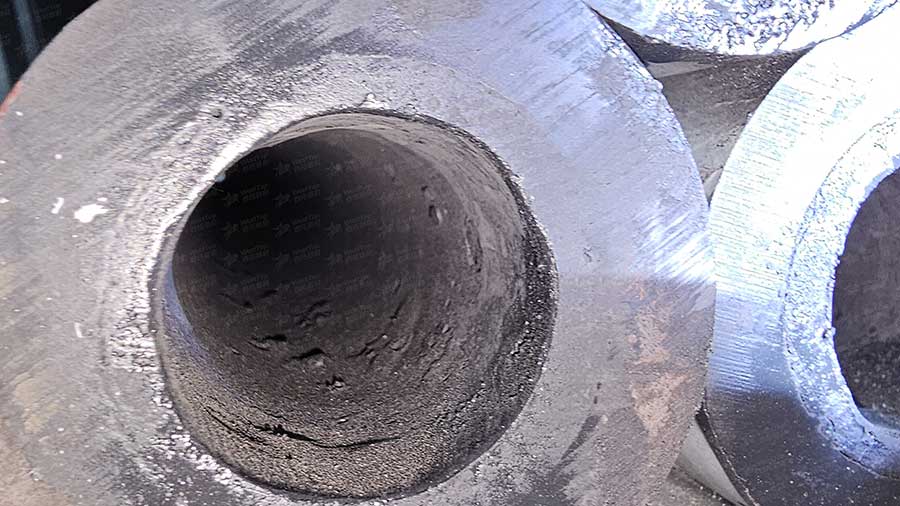
Key Metrics
Hardness: Wear-resistant ceramic pipes are renowned for their high hardness. The Vickers hardness of these pipes typically exceeds 1500 HV. This high hardness enables the pipes to resist abrasion caused by solid particles, such as sand, coal, and ore, that flow through them. The high-hardness ceramic lining effectively safeguards the inner wall of the pipe from wear, thereby extending the pipe’s service life.
Temperature Resistance Range: Wear-resistant ceramic pipes can operate within a broad temperature range, spanning from – 50°C to 800°C. At low temperatures, the ceramic material retains its mechanical properties and does not become brittle. At high temperatures, it can withstand thermal shock and maintain its wear-resistant performance. This extensive temperature resistance range renders these pipes suitable for a diverse array of industrial applications, including those in cold regions and high-temperature industrial processes.
Impact Resistance: The impact resistance of wear-resistant ceramic pipes is evaluated through the ASTM C179 test. The results of this test demonstrate that these pipes can withstand a certain level of impact without cracking or breaking. This characteristic is of particular importance in applications where the pipes may be subjected to sudden impacts, such as during the loading and unloading of abrasive materials.
Visuals
In conclusion, wear-resistant ceramic pipes offer outstanding performance in terms of wear resistance, hardness, temperature resistance, and impact resistance. Their composition, manufacturing process, and key properties make them a valuable solution for a wide range of industrial applications where pipeline wear is a significant concern.

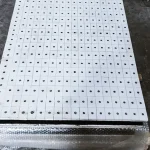
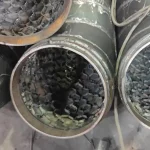
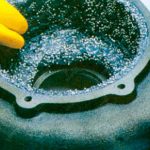
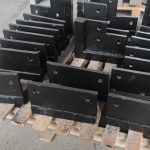
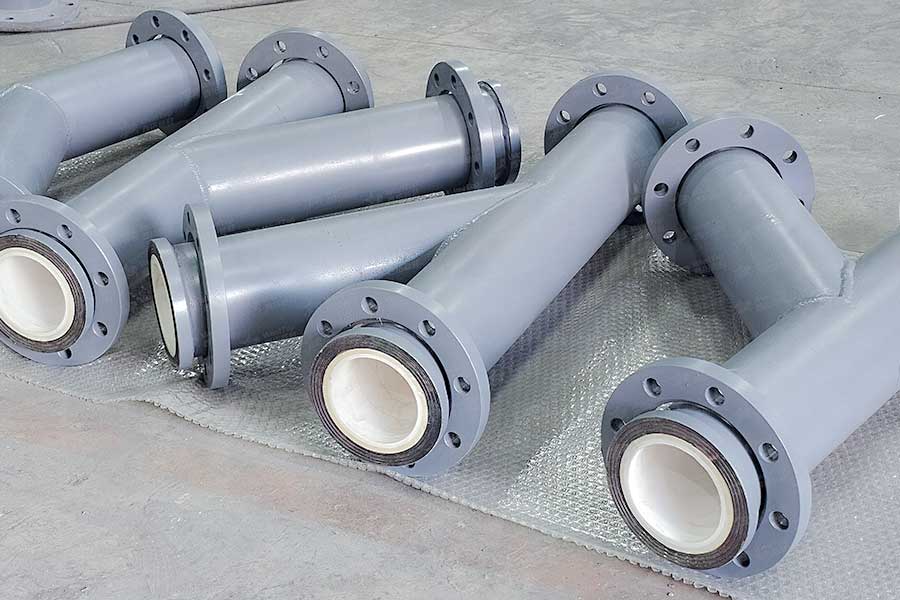
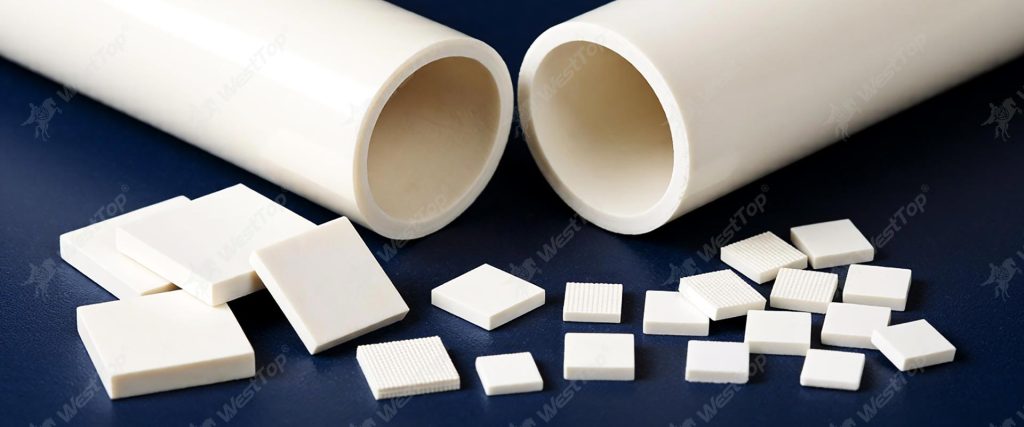
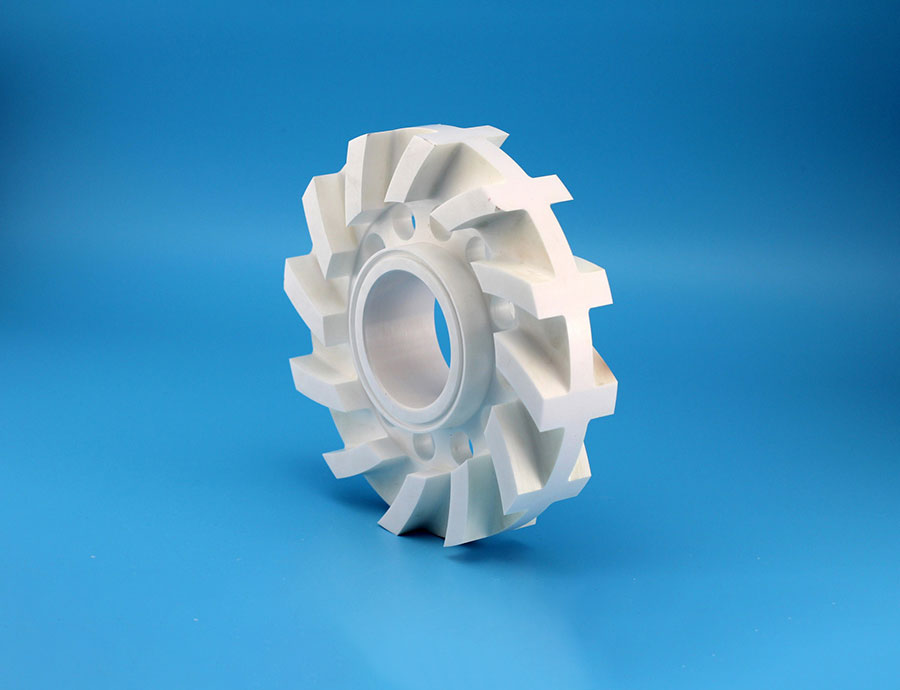
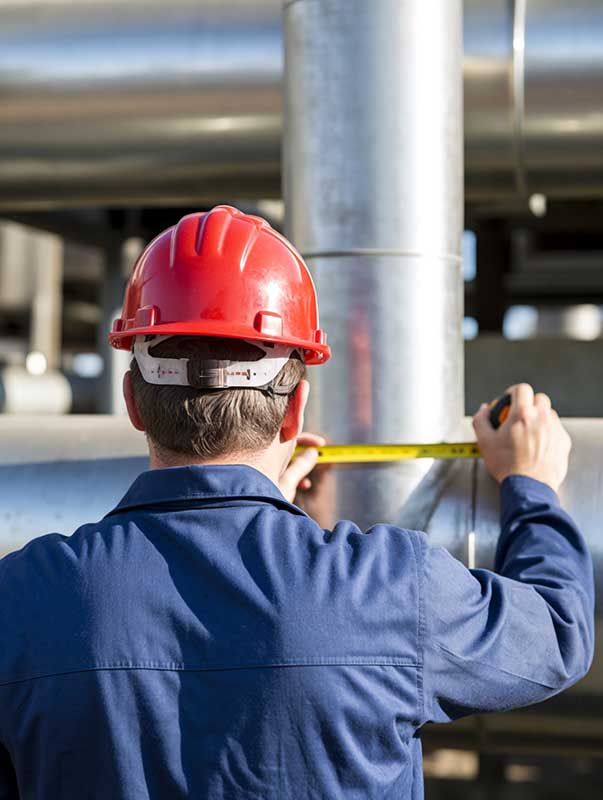
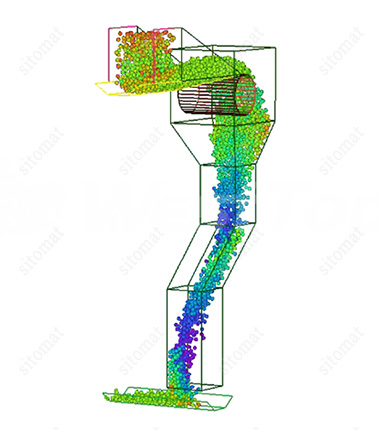
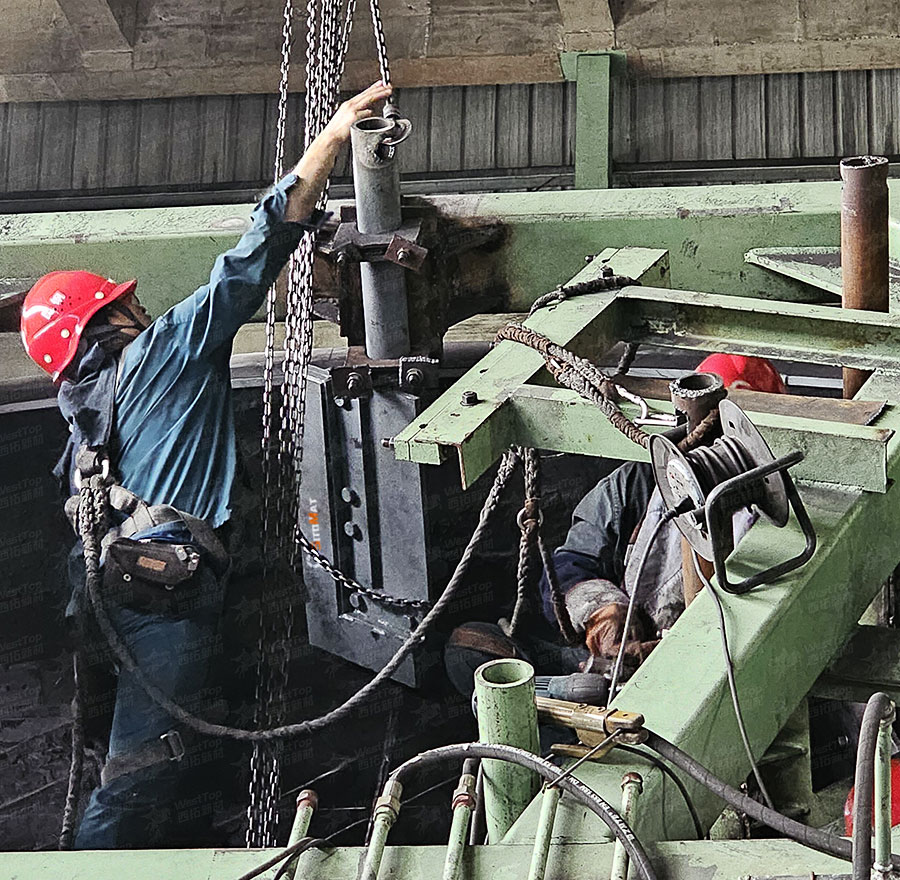
One response to “What Are Wear-Resistant Ceramic Pipes? Composition, Manufacturing & Key Properties”
[…] technical advantages of wear-resistant ceramic materials are first reflected in their outstanding wear resistance. The material system mainly includes a […]